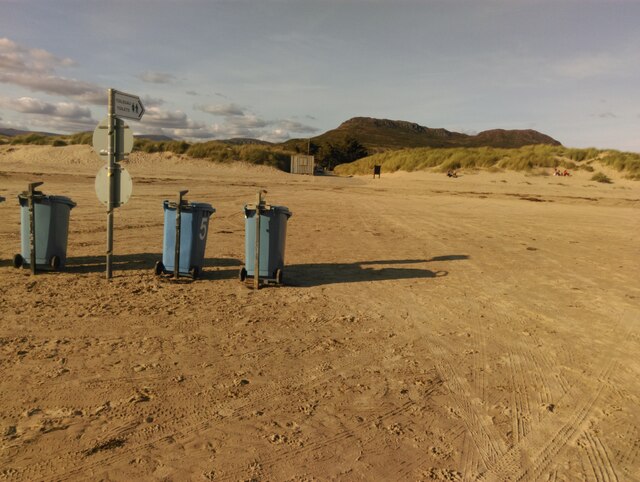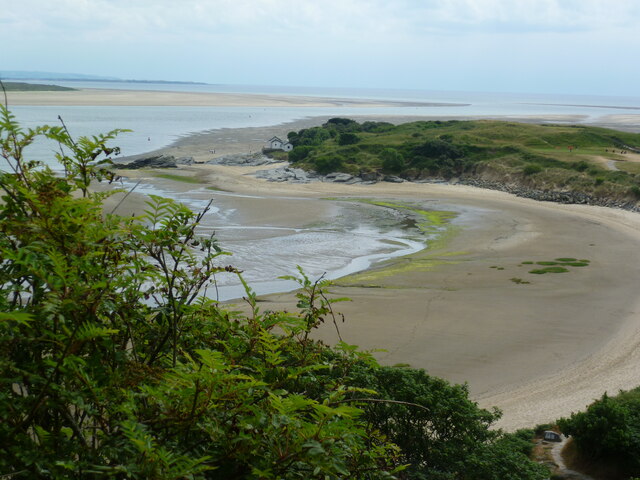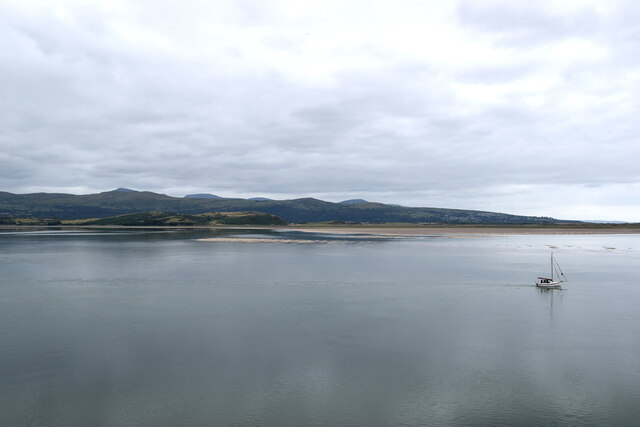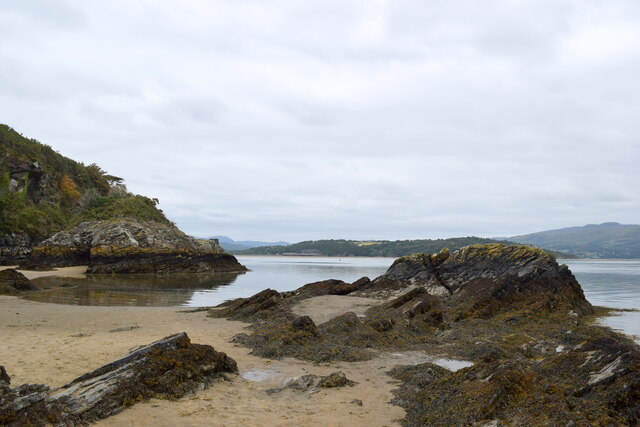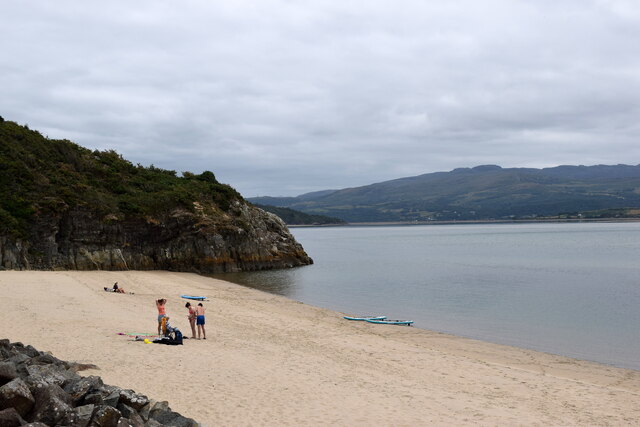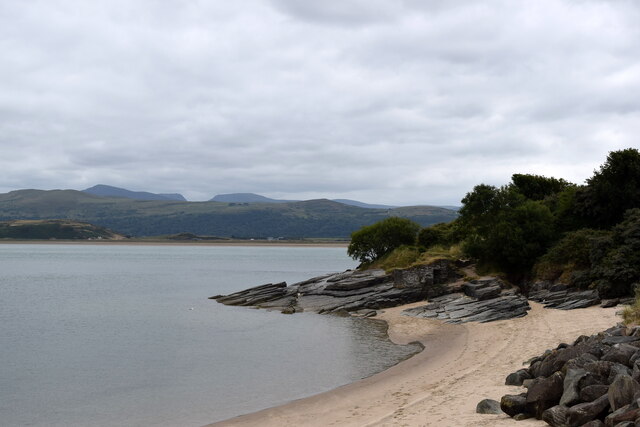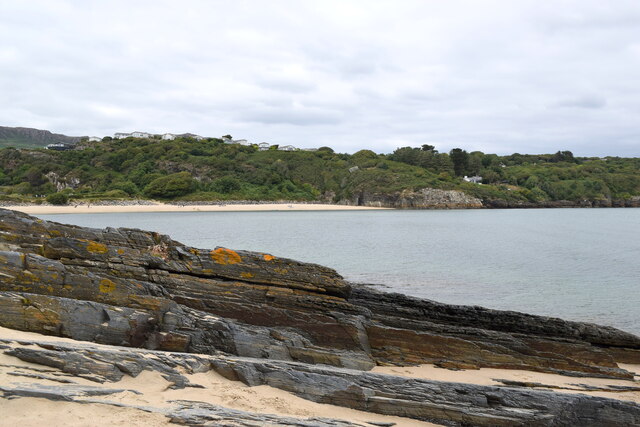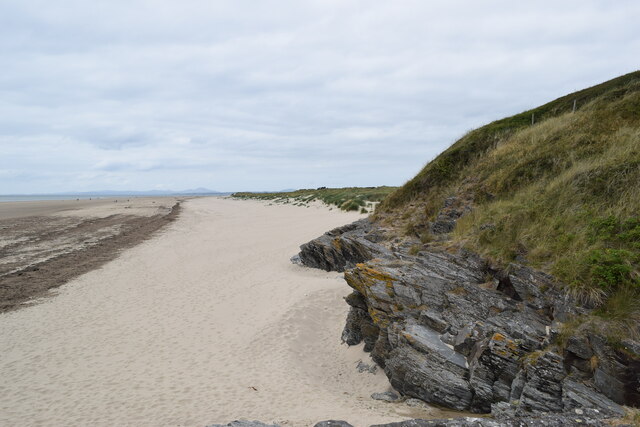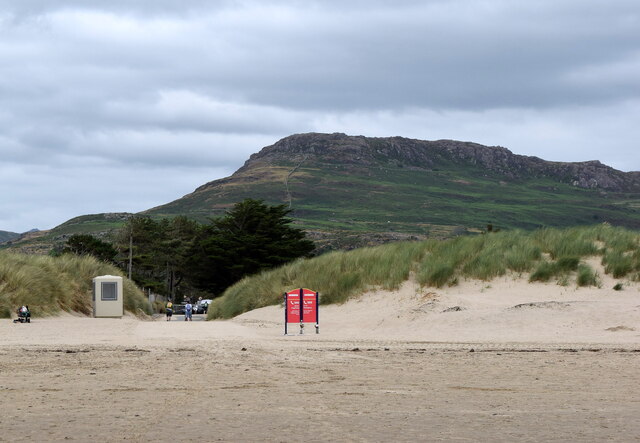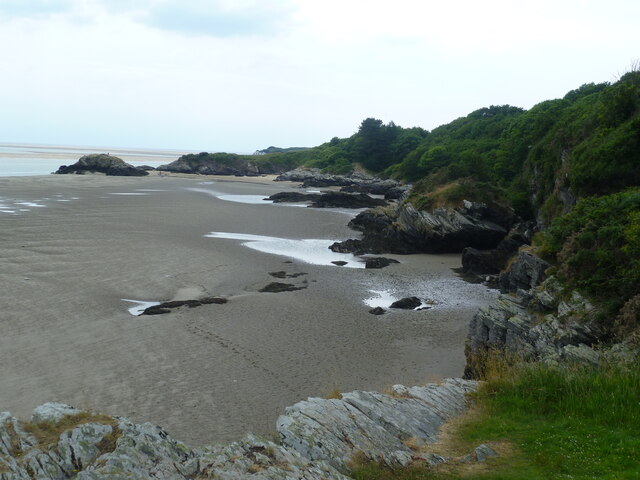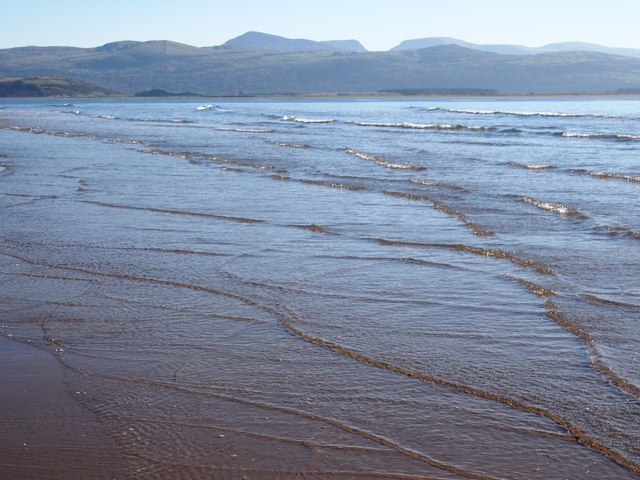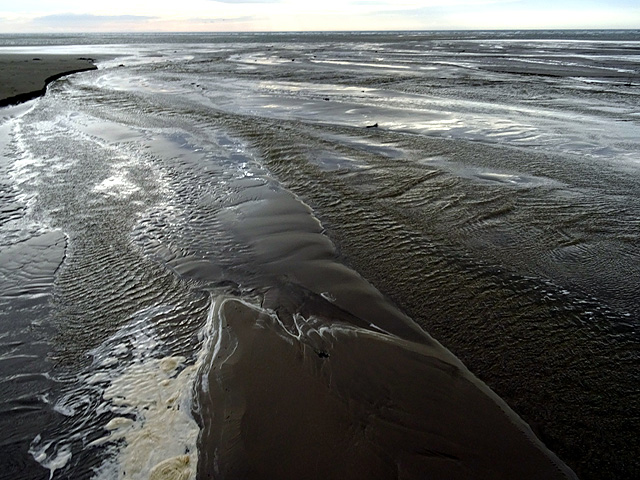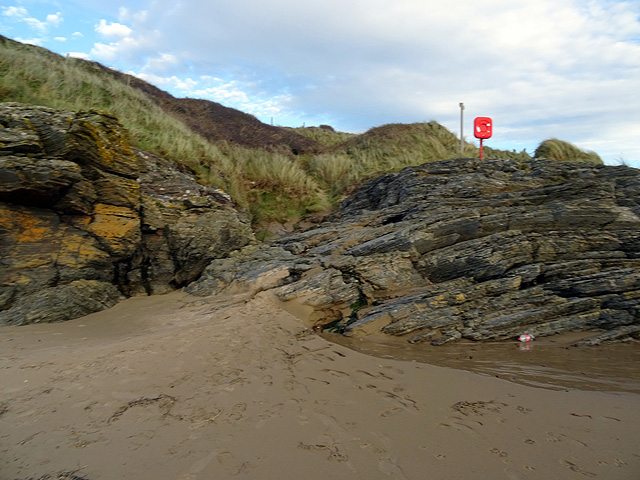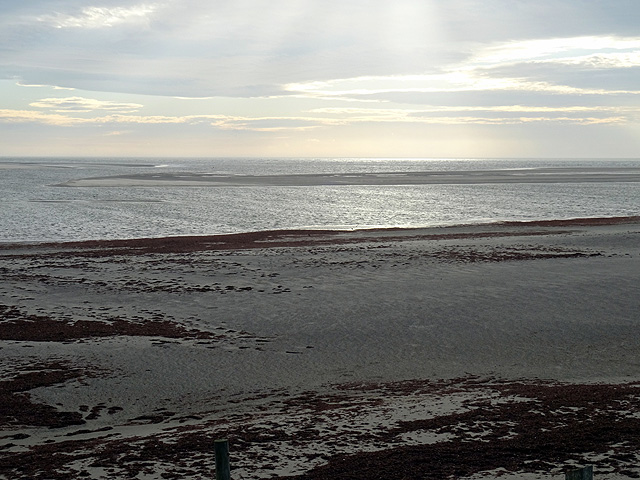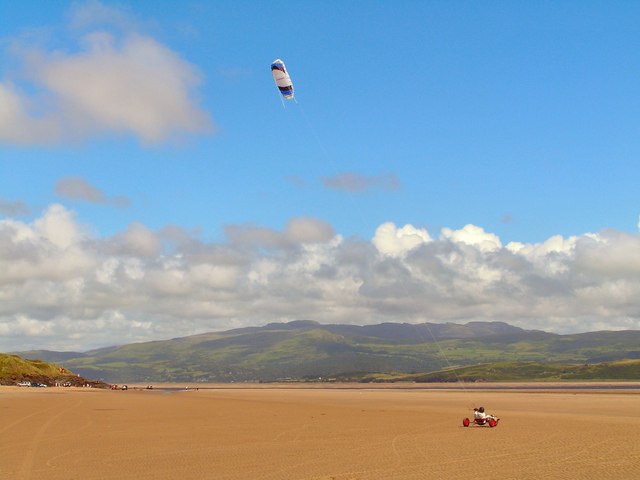South Bank
Coastal Marsh, Saltings in Merionethshire
Wales
South Bank
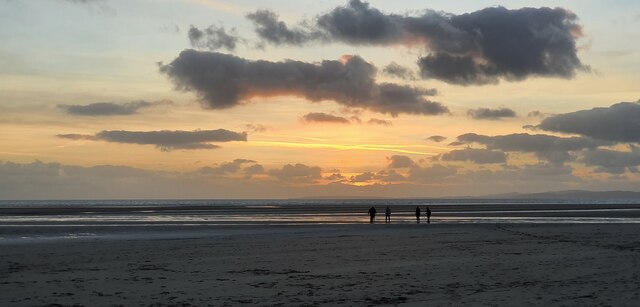
South Bank, located in Merionethshire, is a picturesque coastal marshland known for its stunning saltings. This scenic area is situated on the western coast of Wales, offering visitors a unique and diverse natural environment.
The coastal marsh of South Bank is characterized by its vast expanses of salt-tolerant grasses, reeds, and other wetland vegetation. It serves as a significant habitat for various bird species, including waders like curlew, redshank, and lapwing. The marshland is also home to a range of other wildlife, such as otters, water voles, and several species of fish.
The saltings, which are an integral part of South Bank's ecosystem, are areas of coastal land that are regularly flooded by tidal waters. These tidal marshes provide an ideal environment for salt-tolerant plants, such as samphire and sea lavender, to thrive. They also attract a diverse array of birdlife, including herons, egrets, and avocets.
The unique combination of the coastal marsh and saltings at South Bank creates an ecologically rich and visually stunning landscape. It offers visitors the opportunity to explore and appreciate the natural beauty of this coastal region. There are several walking trails and birdwatching points in the area, allowing nature enthusiasts to immerse themselves in the diverse flora and fauna.
South Bank, Merionethshire, is a must-visit destination for those seeking to experience the tranquility and beauty of a coastal marshland. Its rich biodiversity, stunning saltings, and scenic views make it a haven for both wildlife and visitors alike.
If you have any feedback on the listing, please let us know in the comments section below.
South Bank Images
Images are sourced within 2km of 52.895816/-4.1448523 or Grid Reference SH5535. Thanks to Geograph Open Source API. All images are credited.
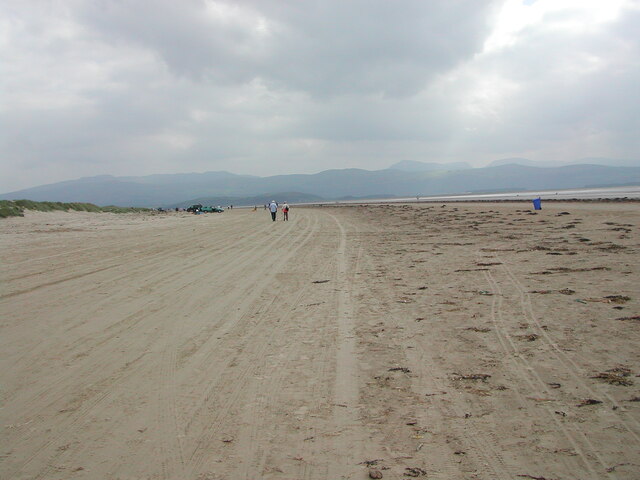
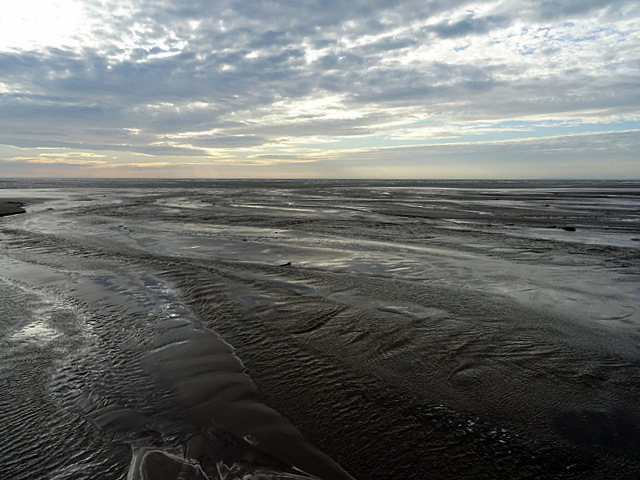
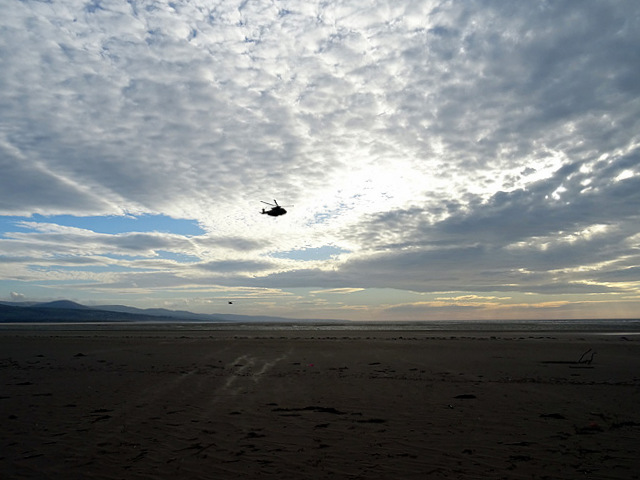
South Bank is located at Grid Ref: SH5535 (Lat: 52.895816, Lng: -4.1448523)
Unitary Authority: Gwynedd
Police Authority: North Wales
What 3 Words
///dote.soups.doormat. Near Porthmadog, Gwynedd
Nearby Locations
Related Wikis
Morfa Harlech National Nature Reserve
Morfa Harlech National Nature Reserve (grid reference SH571337) is a nature reserve in Wales, located north of Harlech. The reserve reaches across expanses...
Morfa Bychan
Morfa Bychan is a village located in Gwynedd, North Wales, with a population of over 500, with an almost equal number of people born in England or Wales...
Harlech Military Railway
The Harlech Military Railway was a military branch line in Merioneth, Wales. It ran roughly west-northwest from a junction with the Cambrian Coast Line...
Afon Glaslyn
The Afon Glaslyn (English, River Glaslyn) is a river in Gwynedd, north-west Wales. While not of great significance in terms of its length (about 16 miles...
Porthmadog Harbour railway station
Porthmadog Harbour railway station (formerly known as Portmadoc Harbour railway station) in Porthmadog (formerly Portmadoc), Gwynedd (formerly Merioneth...
Ffestiniog Railway
The Ffestiniog Railway (Welsh: Rheilffordd Ffestiniog) is a heritage railway based on 1 ft 11+1⁄2 in (597 mm) narrow-gauge, located in Gwynedd, Wales....
Porthmadog cross town link
The Porthmadog cross town link is a section of the 1 ft 11+1⁄2 in (597 mm) narrow gauge Welsh Highland Railway, specifically built to link with the Ffestiniog...
The Hotel Portmeirion
The Hotel Portmeirion or sometimes Portmeirion Hotel (Welsh: Gwesty Portmeirion) is a hotel and restaurant in the village of Portmeirion, in Gwynedd, northwest...
Nearby Amenities
Located within 500m of 52.895816,-4.1448523Have you been to South Bank?
Leave your review of South Bank below (or comments, questions and feedback).
